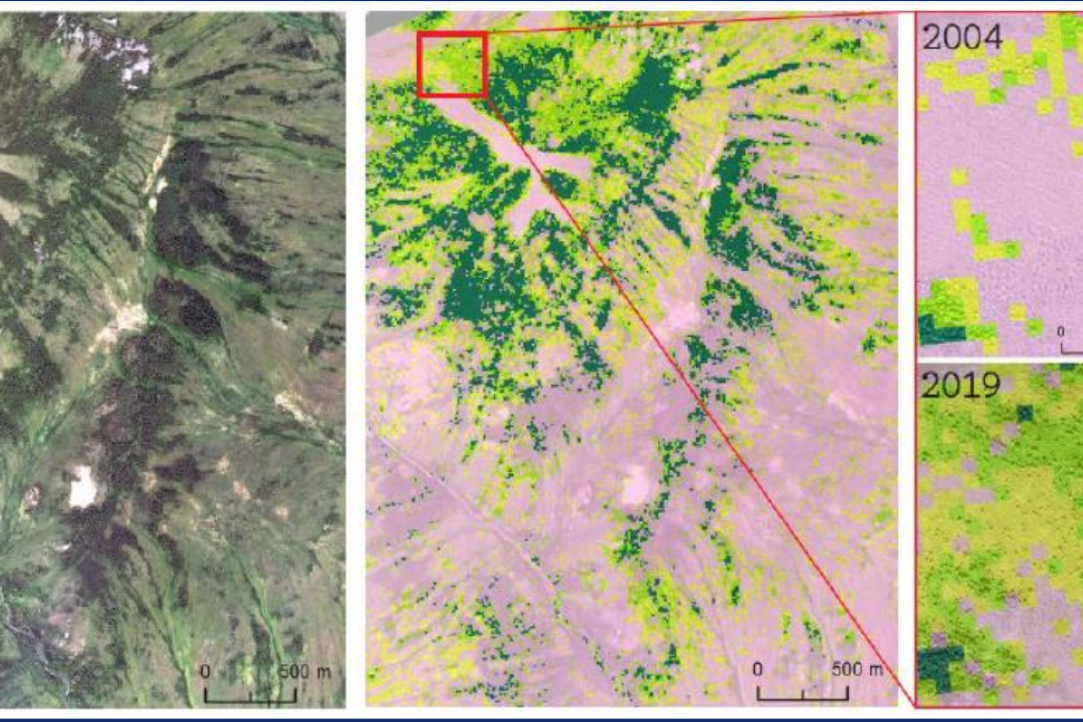The Fourth Workshop of the Lab's Spring Seminar Series Was Held, "Overstorying the Arctic: How Do Neural Networks and Satellite Imagery Allow Us to Study Global Ecosystem Transformation at a Detailed Level?"
At the workshop of May 15, MLLE ph.D. researcher Anna Derkacheva and her co-authors presented technical aspects of processing the application of convolutional neural networks to assess the dynamics of occlusion of images and thematic results of studying the intensity of occlusion in relation to microclimatic conditions of landscapes.

Studies of processes and phenomena that are the response of the natural environment to current global climate changes require large amounts of detailed data on landscape conditions over large areas. Most of the works so far are either local or model-based. The massive generation of highly detailed space images in recent decades has provided opportunities to provide such studies with basic data, but the information potential of images has been poorly utilized. Among the key reasons is the inability to quickly process large volumes of imagery by humans with a high level of abstraction and concept transfer, simultaneously with objective limitations of traditional methods of automated image processing resulting in poor recognition of complex objects and abstract concepts in images.
Overgrowth, of which alder is an active agent, is considered to be one of the most striking trends in the transformation of Arctic landscapes in response to global warming. In the presented work, convolutional neural networks (CNNs) are applied to process multi-temporal sub-meter resolution satellite images for detailed mapping of Alderberry (Duschekia fruticosa) in southern tundra landscapes. High detail and temporal coverage of the materials obtained as a result of CNN processing allowed for a detailed analysis of the current tundra overgrowth and the dynamics of this process in terms of influencing local environmental factors.
